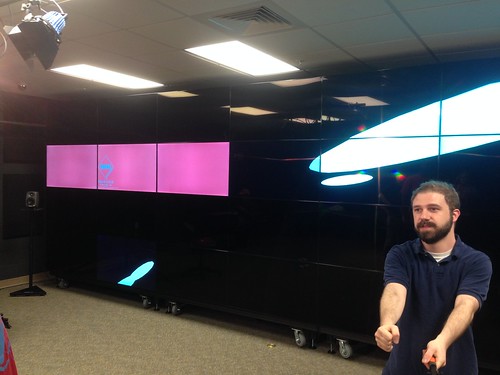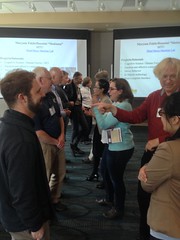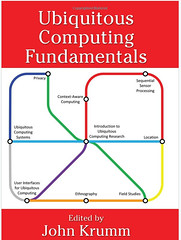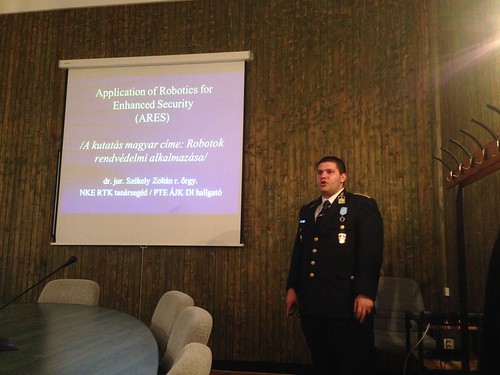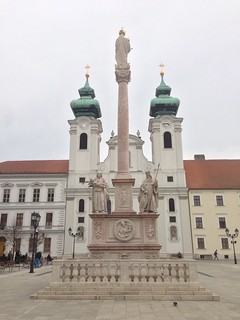
Győr: Széchenyi tér
At the beginning of April Fulbright Hungary organized a tow-day trip for grantees to Western Hungary. Here are some of my impressions from this trip:
Győr: Our first stop was the Győr campus of the University of West Hungary. University faculty introduced us to their activities in teacher training, language education, art, hospitality management, and leisure management. As it turns out, leisure management is a relatively new idea for Hungary, and the faculty at Győr are leaders in the field.
In the afternoon we went sightseeing. Győr is a fascinating town with beautiful baroque architecture. We had a chance to visit a pharmacy founded in the 1600, which still operates on Széchenyi tér. Fortunately they’ve updated their list of offerings and leaches are no longer available.
Szigetköz: Szigetköz is a beautiful area of islands created by the Danube and its branches. We toured Szigetköz by bus on both days. I really liked our stop on the banks of the Danube just across from Slovakia. I hope to go back to Szigetköz before we return to New Hampshire and spend some time hiking.
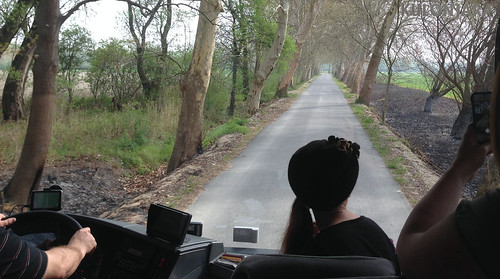
Touring Szigetköz – view from our bus
Lipót: Our hotel was in the village of Lipót. Here we also visited a bakery called the Lipóti Pékség. I’m a big fan of bread in general, and of Lipóti Pékség in particular. They have a number of stores in Budapest.
Mosonmagyaróvár: On day two of our trip we visited the Mosonmagyaróvár campus of the University of West Hungary. This visit included an engaging introduction to a food safety lab. One fun fact about Mosonmagyaróvár: it has the highest number of dentists per capita in the world. Many Austrians and other Europeans come here to receive high quality dental treatment at an affordable price.
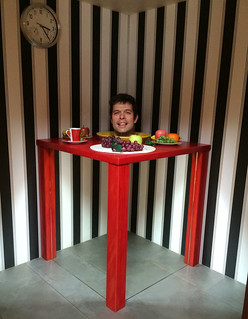
Having fun at Futura
Futura Science Museum: Our final stop was the Futura Science Museum, which was a lot of fun for kids and adults alike. My favorite exhibit was a long, suspended spring, which can be manually excited to form mechanical waves. The waves propagate along the spring, reflect at the end of the spring, and the reflections travel back to the source. The engineer in me was thrilled. At another neat exhibit visitors pedal stationary bikes and thus generate the electricity to operate race cars zipping around a track in front of them.
As you might imagine our two days flew by very quickly. The person in charge of organizing every detail of this incredibly full and exciting trip was Fulbright Hungary’s Annamária Sas. Thanks Annamária!
You can see more photos from the trip on Flickr.
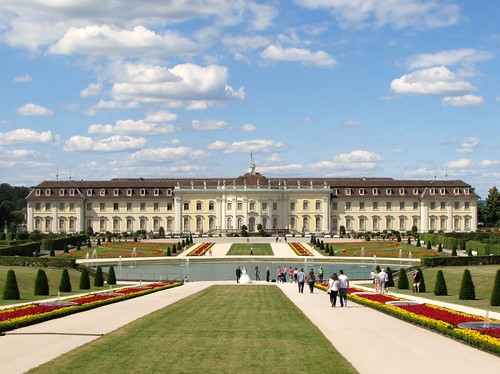
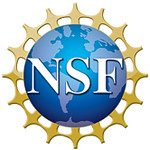 The International Research Experiences for Students (IRES) program is funded by the National Science Foundation, Office of International and Integrative Activities. We received a grant from this program for the UNH IRES program – we are grateful for the support.
The International Research Experiences for Students (IRES) program is funded by the National Science Foundation, Office of International and Integrative Activities. We received a grant from this program for the UNH IRES program – we are grateful for the support.

